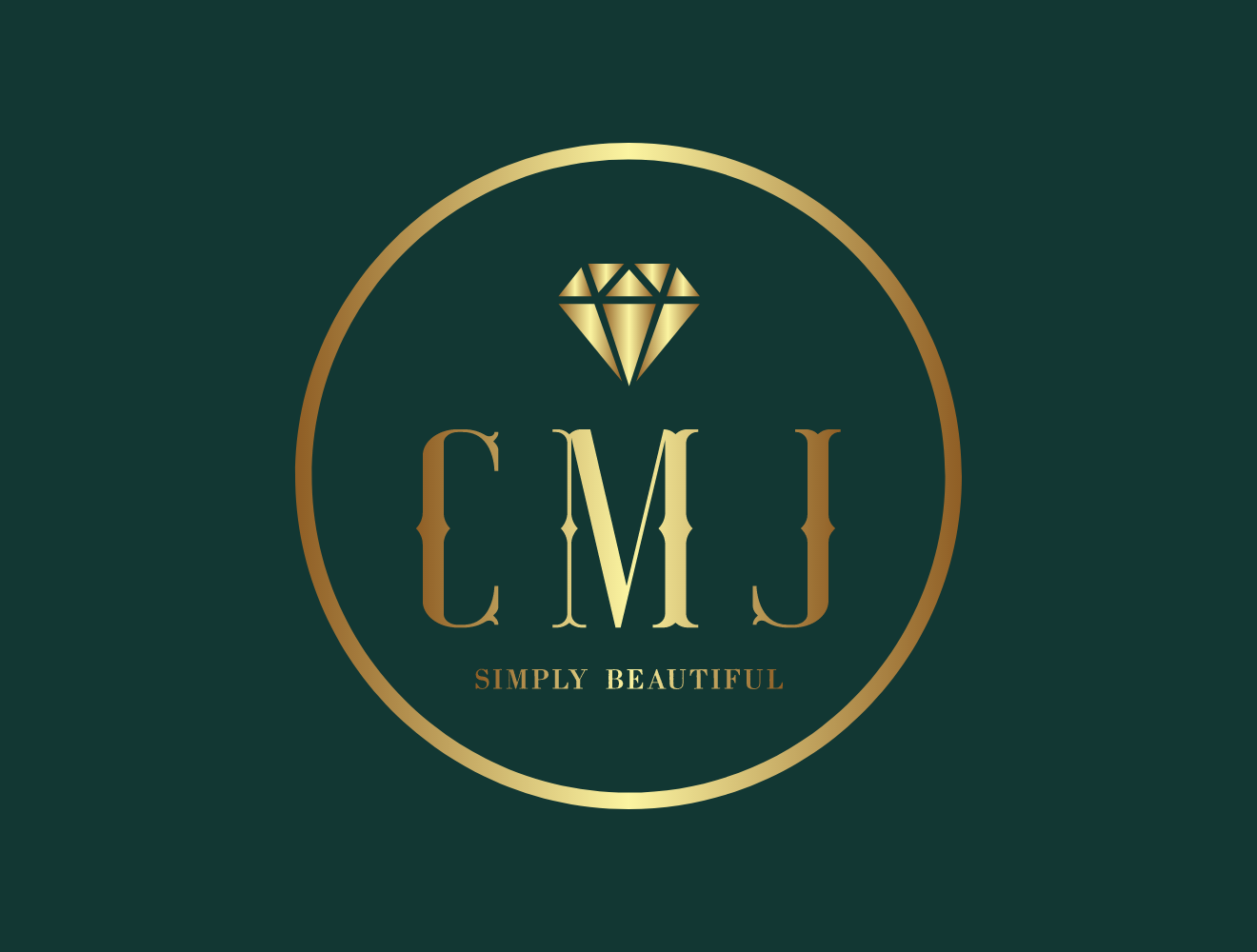Jewelry, whether inherited, gifted, or purchased, often holds sentimental and monetary value. To maintain its sparkle and shine, regular polishing is essential. But not all jewelry is polished the same way. Different methods cater to various types of metals and gemstones. In this blog, we’ll delve into the primary polishing techniques used to keep your treasures looking their best.
The Art of Jewelry Polishing: Methods for a Brilliant Finish
1. Manual Polishing
a. Polishing Cloths: Polishing cloths are a staple in jewelry care. Typically made from soft, lint-free materials and treated with polishing agents, these cloths are ideal for quick touch-ups. They work by physically rubbing the surface of the jewelry, removing tarnish and grime. They are best suited for metals like silver and gold. For more intricate designs or gemstones, gentle polishing is crucial to avoid damage.
b. Handheld Polishing: For a more thorough clean, you can use a polishing pad or brush. These tools, often used in conjunction with a polishing compound, allow for more control. They are effective for intricate designs and can be used to get into crevices that a cloth might miss. However, it’s important to use a light touch to prevent scratching.
2. Chemical Polishing
a. Polishing Compounds: These are available in various forms—creams, pastes, and powders. Polishing compounds are mixed with water and applied using a cloth or brush. They contain abrasive particles that help to remove tarnish and oxidation. For instance, jeweler’s rouge is a common compound used for polishing gold and silver. When using chemical polishes, always follow the manufacturer’s instructions and test on a small area first to ensure compatibility with your jewelry.
b. Ultrasonic Cleaners: Ultrasonic cleaners use high-frequency sound waves in a liquid cleaning solution to agitate and remove dirt and tarnish from jewelry. They are particularly effective for items with intricate settings or small parts, such as rings and watches. However, they are not suitable for all gemstones (e.g., pearls and opals) or for pieces with loose settings.
3. Electrolytic Polishing
a. Electrolytic Baths: This method involves submerging the jewelry in an electrolytic solution while an electric current is passed through it. This process helps remove tarnish and oxidation without the use of abrasives. It’s particularly useful for delicate items and for achieving a high shine on metals like silver and gold. This method, however, requires specialized equipment and should be done with care to avoid damaging the piece.
4. Professional Polishing
a. Jewelry Polishing Machines: For those who need a high level of polish or are dealing with large quantities of jewelry, professional polishing machines might be used. These machines come with rotating brushes or belts that provide a consistent and even polish. They are especially useful for jewelers and repair professionals but might be overkill for personal use.
b. Professional Services: Sometimes, the best approach is to seek professional help. Jewelers have access to specialized equipment and expertise that can handle complex polishing needs, including those involving delicate gemstones or intricate settings. They can also provide advice on maintenance and repair.
5. Considerations for Gemstones
When polishing jewelry with gemstones, extra care is required:
- Soft Stones: Gemstones like opals, pearls, and turquoise are relatively soft and can be easily scratched. They require very gentle polishing and should ideally be handled by professionals.
- Hard Stones: For harder gemstones like diamonds, sapphires, and rubies, polishing is less risky, but still requires precision. They can withstand more vigorous cleaning, but care should be taken to avoid scratching the setting or the stone itself.
Jewelry polishing is more than just a routine task; it’s an art that requires the right tools and techniques. Whether you choose manual methods, chemical solutions, or professional services, understanding the specific needs of your jewelry is crucial. By selecting the appropriate polishing method, you ensure that your cherished pieces continue to shine brightly for years to come.
